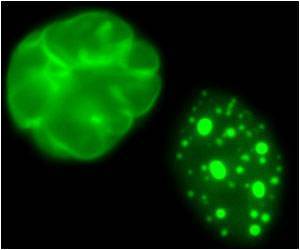Among whites 15 gene variants responsible for the diversity of white blood cell counts have been discovered.

White blood cells are part of the immune system, which fights infections and diseases. Measuring white blood cell levels is a common diagnostic test that can reveal underlying infections, cancers, or immune system disorders. Some scientific studies have also linked higher levels of white blood cells to increased risk of disease, including heart disease.
Some of the identified gene variants were responsible for altering total numbers of white blood cells, while other variants affected only one specific cell subtype, such as neutrophils, basophils, eosinophils, lymphocytes, and monocytes.
The findings could lead to important clinical advances. For example, these gene variants could be tested to pinpoint disease risks earlier in life. In addition, understanding the genetic basis behind altered white blood cell counts might also lead to gene therapies, such as boosting white blood cells in immune compromised people or reducing them in leukemia patients.
The National Heart, Lung, and Blood Institute, together with the National Institute on Aging, both part of the NIH, played key roles in the funding and design of both the white and African-American studies. The Institutes also worked closely with Japanese scientists to develop the third study.
Source-Eurekalert













